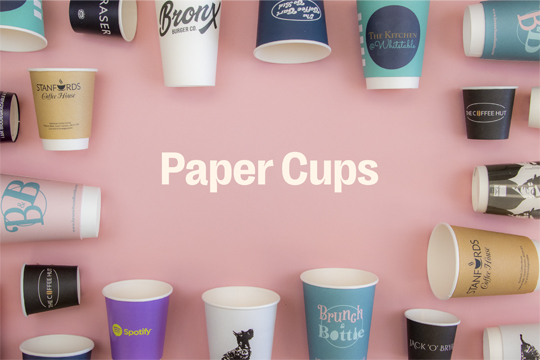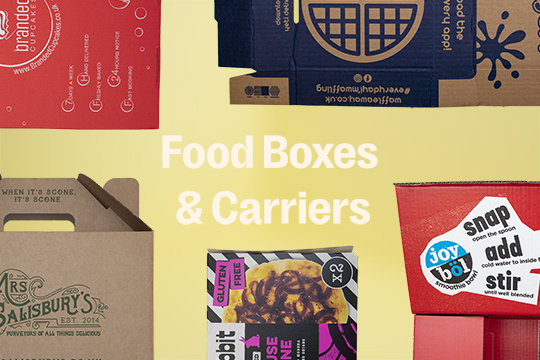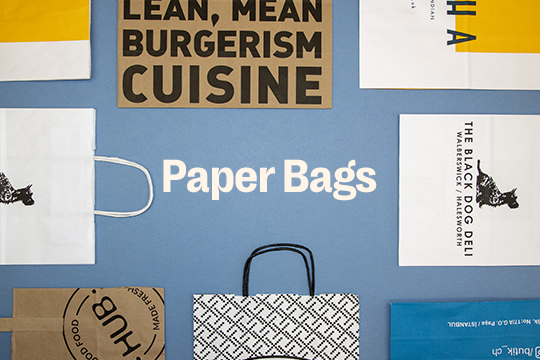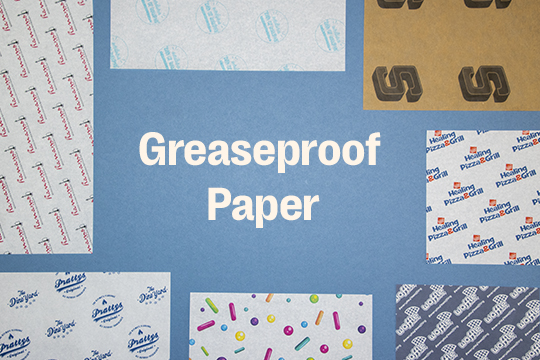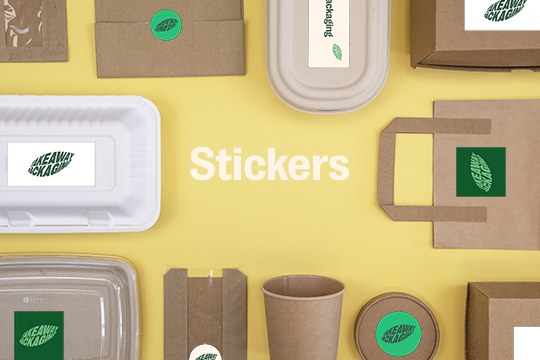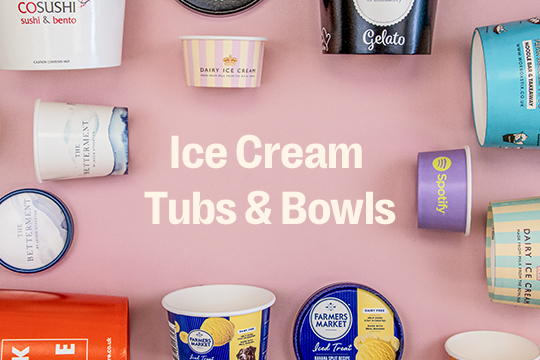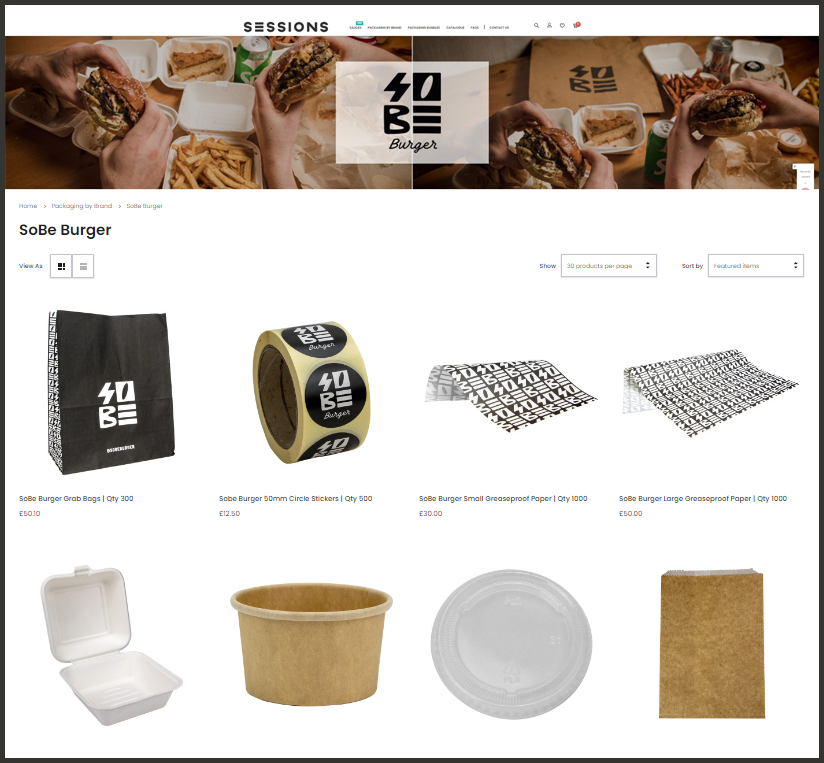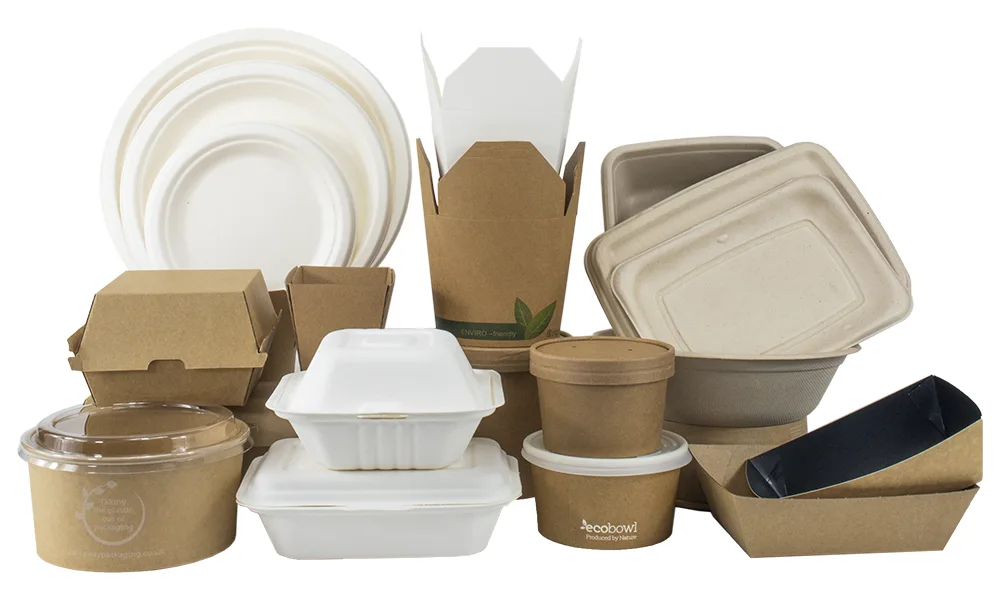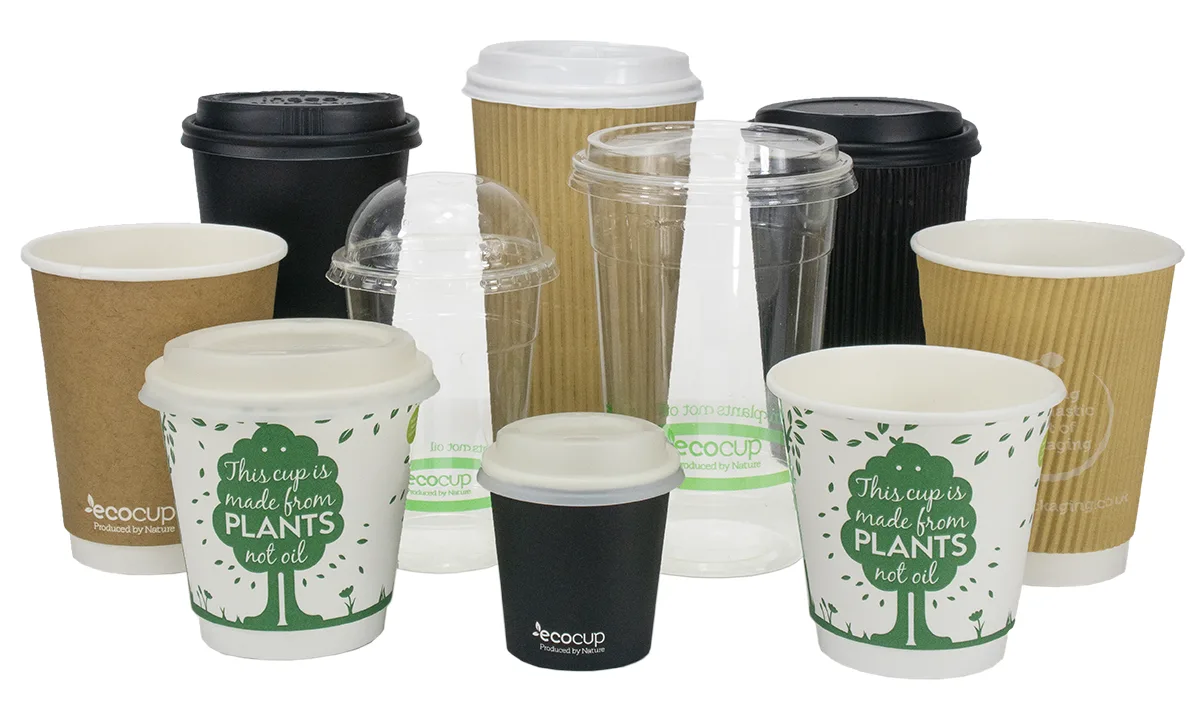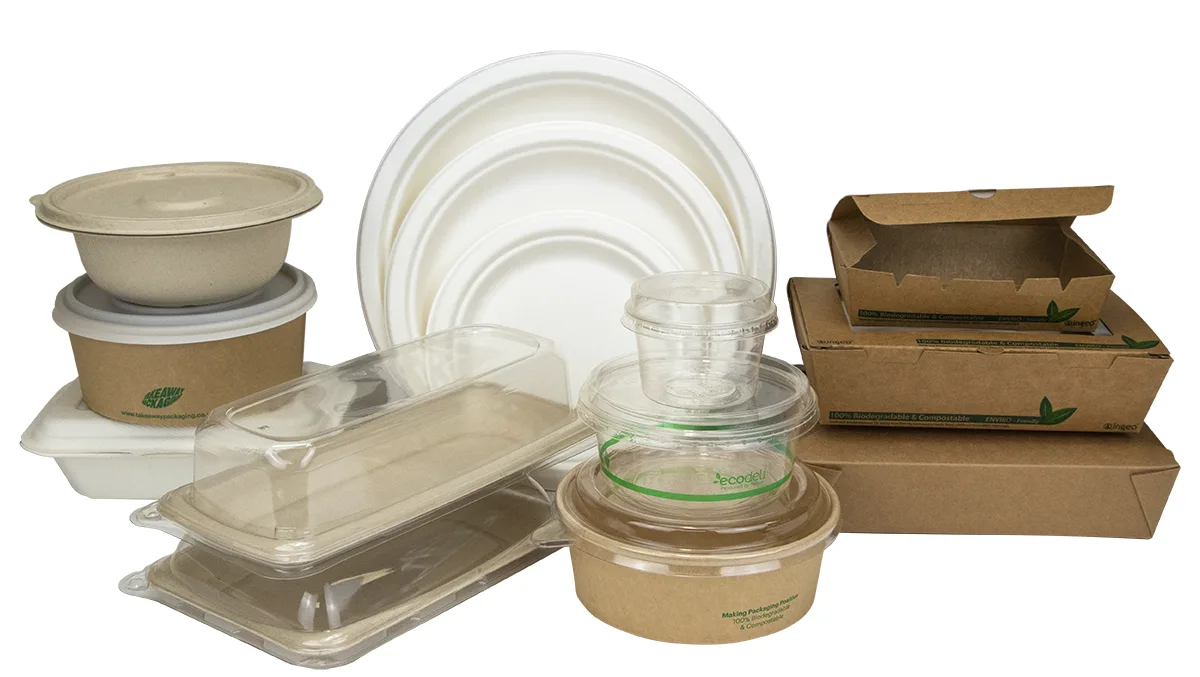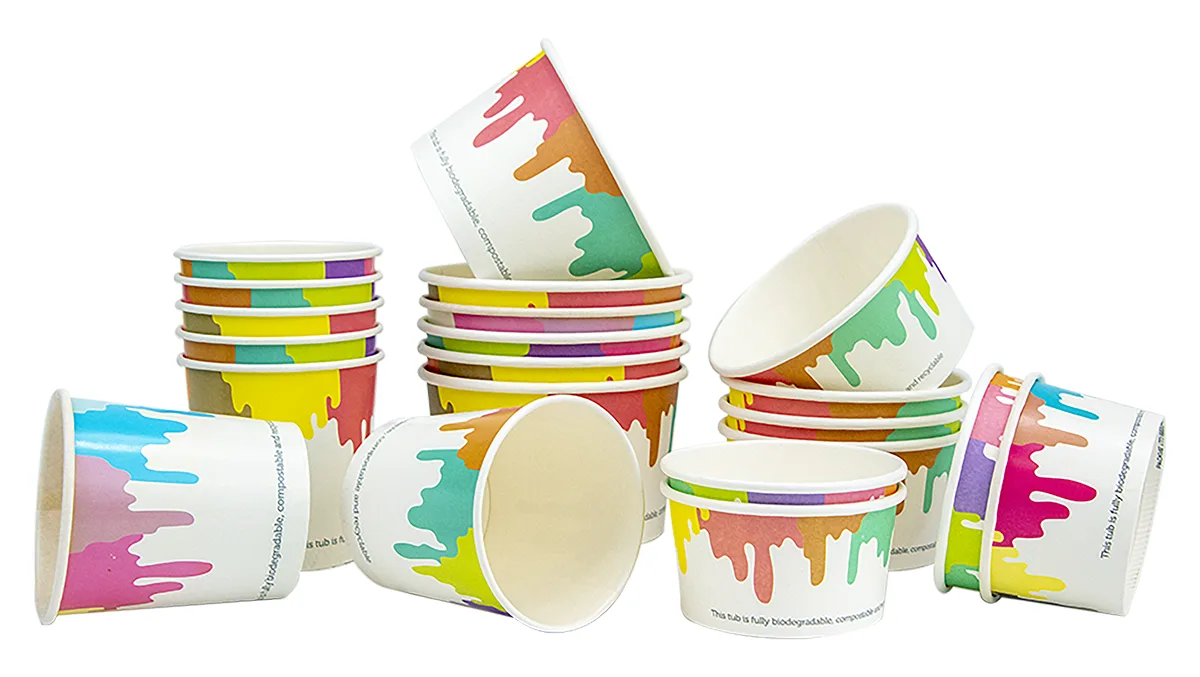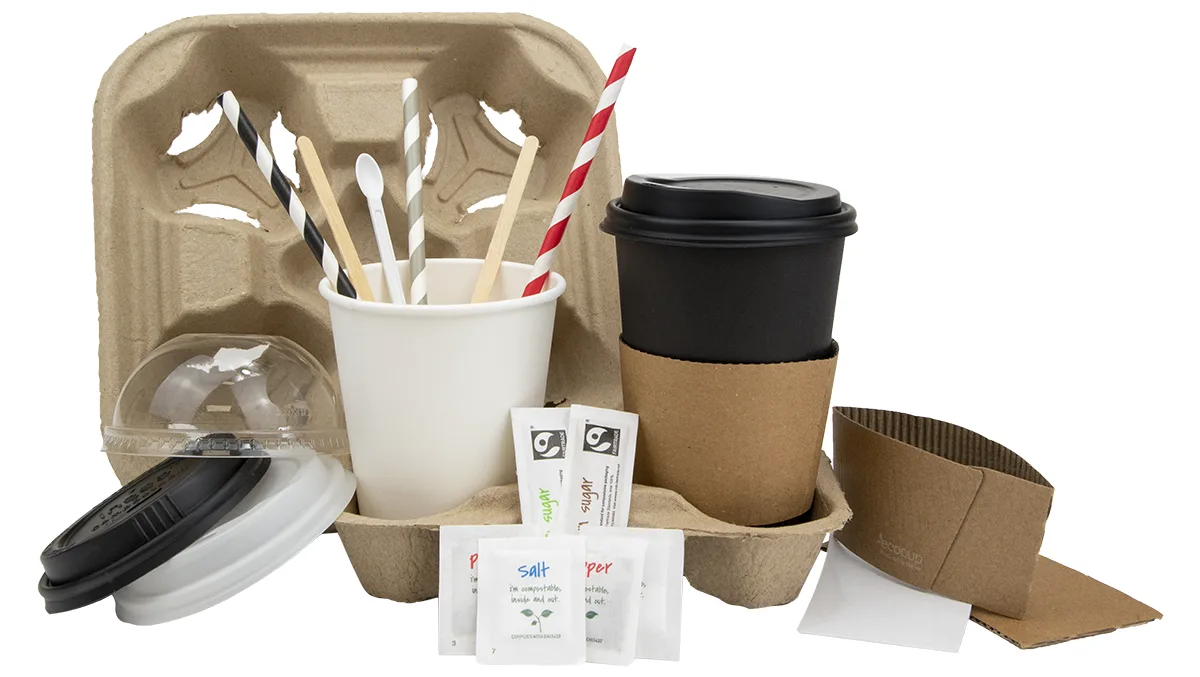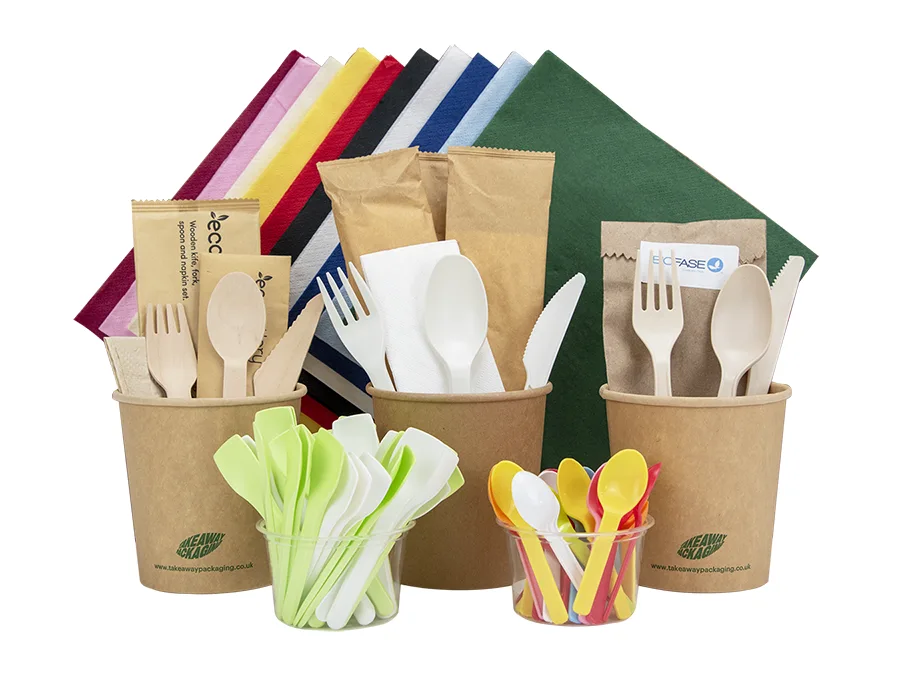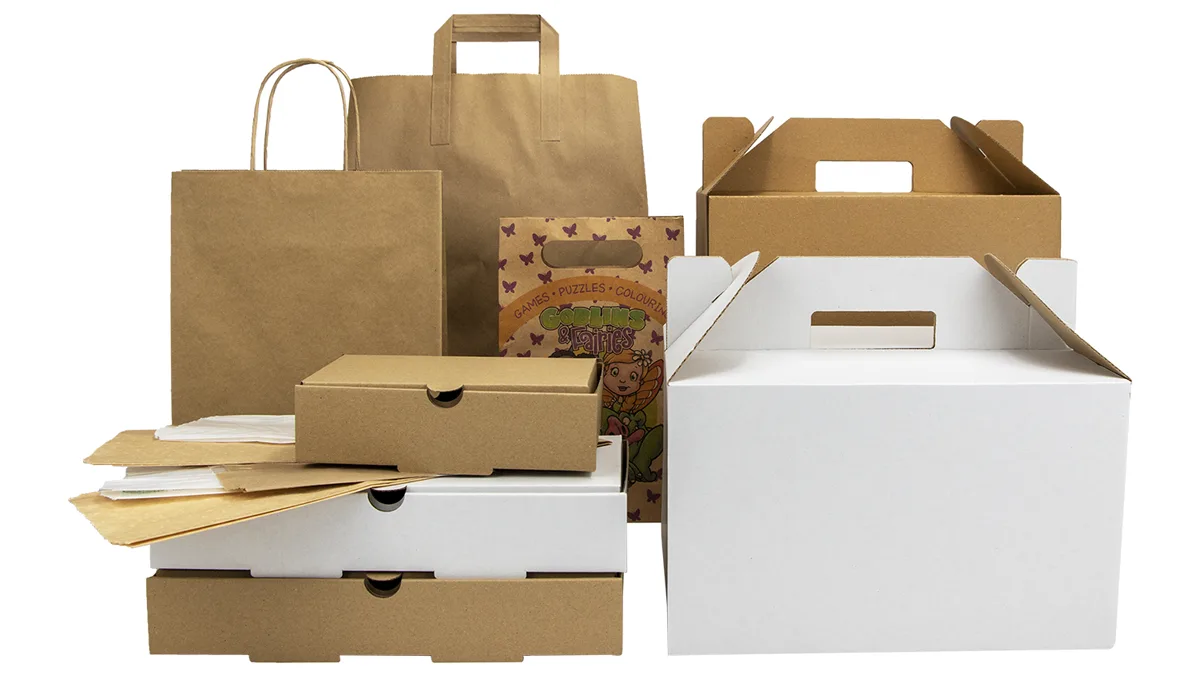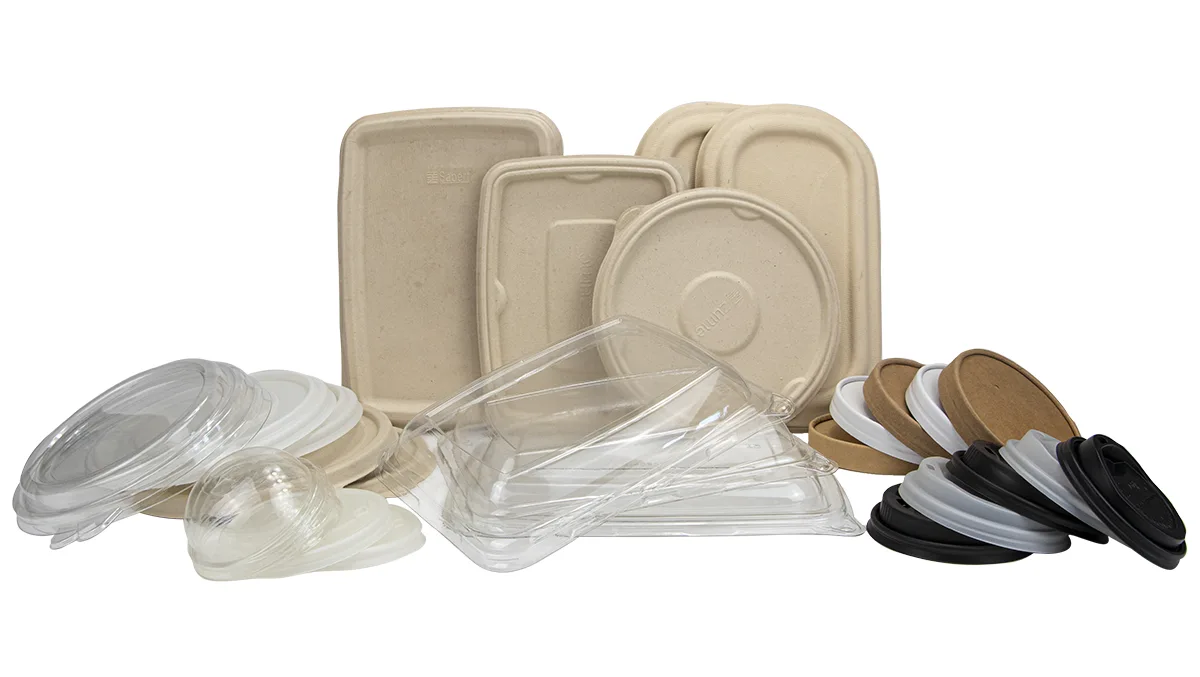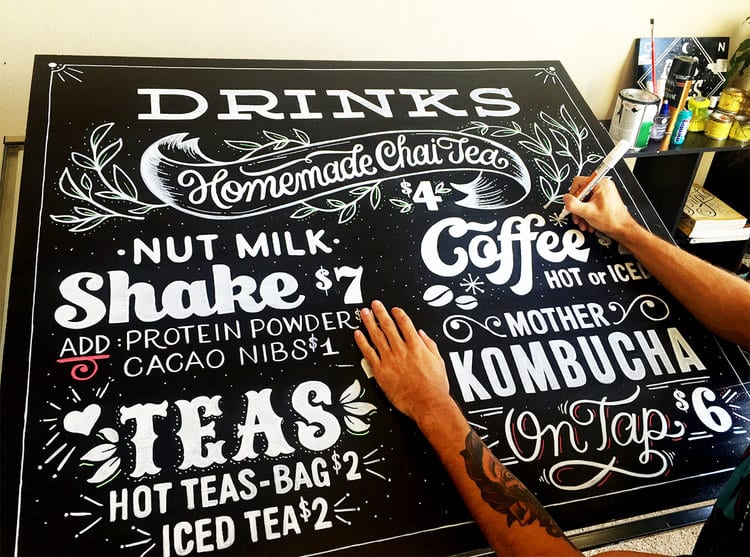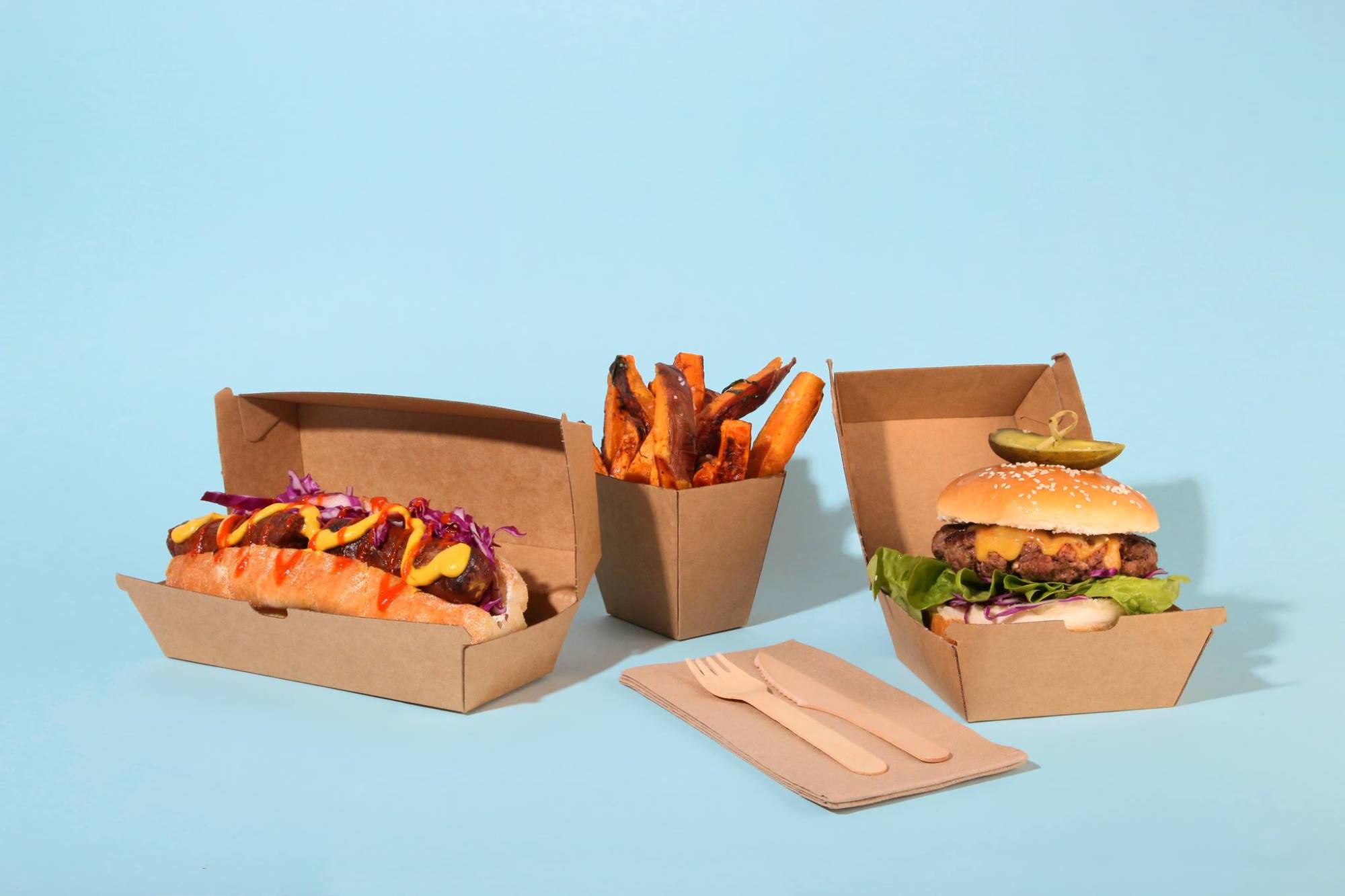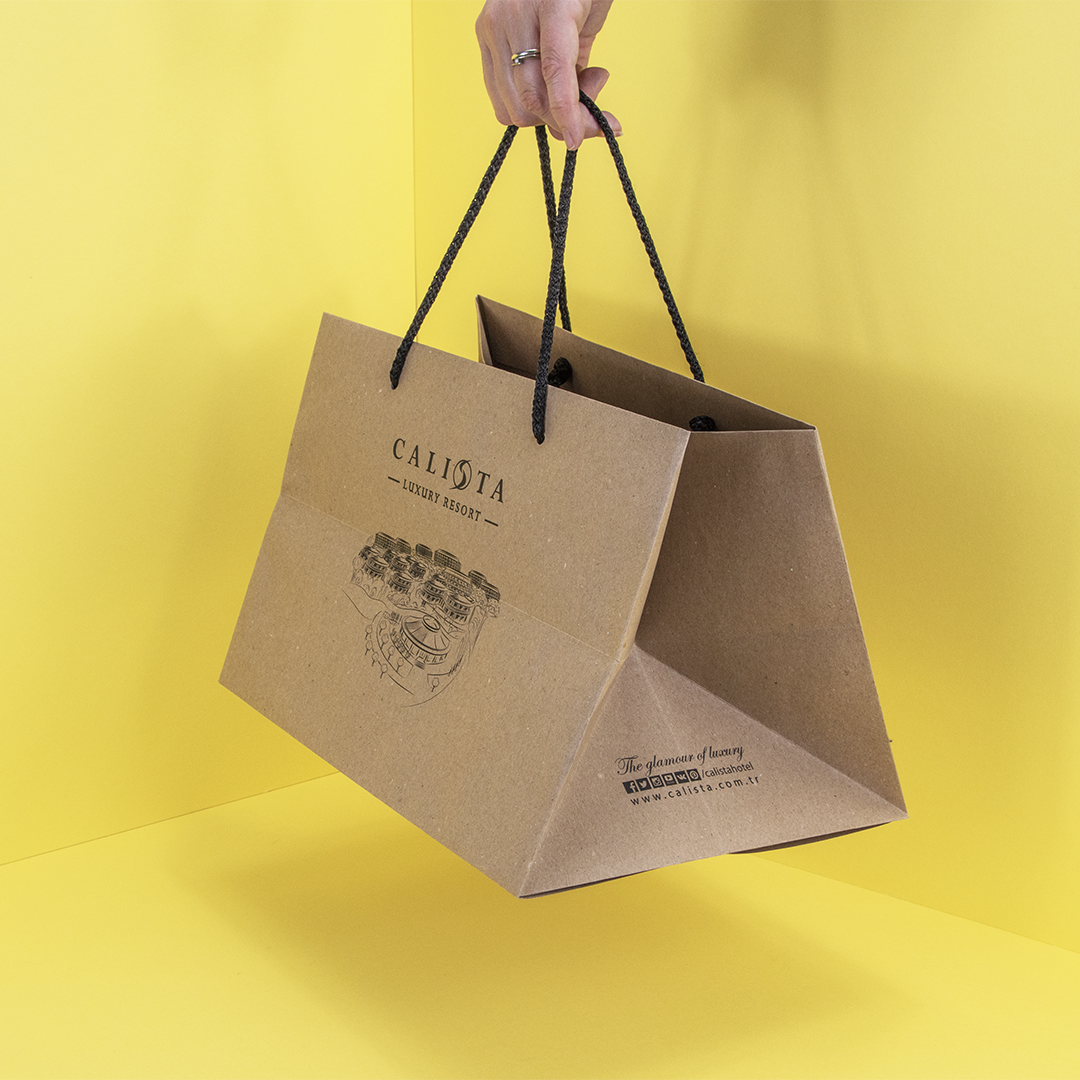![]()
Is silicone eco-friendly? Find out with Takeaway Packaging — the experts in planet-positive packaging materials for the food industry.
Silicone is a unique and increasingly popular material. You’re guaranteed to own at least a few silicone-based items, from protective phone cases to various bakeware and cookware products.
It’s flexible, durable, and performs well at different temperatures, meaning it can be kept in the fridge, freezer or oven without changing states. Kitchen utensils made from silicone are less likely to scratch your pan and do a great job smoothing out cake icing and brushing on butter.
Despite silicone’s exceptional functionality, its environmental properties are being called into question — it might not be the best material for your kitchen.
Is Silicone Eco-Friendly?
Silicone isn’t the most environmentally friendly material on the market. Producing silicone uses hydrocarbons derived from petroleum, which isn’t sustainable. It’s difficult to recycle, and most facilities won’t accept it. With that said, silicone is a suitable alternative to plastic — it’s just not the best.
As a robust material, silicone lasts longer than plastic, and reusing products is an easy way to act more sustainably. This makes silicone a good option for eco-conscious businesses and consumers who want to avoid plastic-based products. Single-use items like plastic bags can be easily replaced by biodegradable food carriers made from recycled paper and cardboard, while silicone is better suited to products that need to be used hundreds of times.
From a safety point of view, silicone is much less likely to cause harm to human health than plastic. Most plastic takeaway containers are created using hazardous chemicals like phthalates, which leach into food and cause innumerable health concerns. When packaging food items, it’s best to stick to natural, plastic-free products made from eco-friendly materials, like Kraft board or bagasse.
What Is Silicone? Is It Better Than Plastic?
Let’s back up a moment — what is silicone? Isn’t it a form of plastic? Most people wonder what silicone is made of. It replicates plastic in terms of strength, application and texture, but its chemical composition is different.
Silicone is actually made from silica — a substance found in sand. It’s what makes silicone so durable and able to withstand extreme temperatures. If you have a silicone product in your kitchen, it can be kept in sub-zero temperatures inside your freezer and withstand temperatures up to around 200ºC in the oven. Silicone won’t melt, contort or contaminate its contents, unlike most plastics.
But, the production of silicone isn’t necessarily superior to plastic. Resources such as petroleum are burnt to create the substance, with numerous negative environmental consequences.
Is Silicone Biodegradable?
Silicone isn’t biodegradable, but it’s less likely to break down and be discarded than plastic. With silicone, you get more use than you do with plastic. You can use silicone items many more times than plastic-based products without scratching, discolouring or breaking it. The result is fewer materials are thrown out, creating less waste. This has a net-positive effect on the environment by reducing plastic pollution, but make no mistake, silicone still contributes to numerous environmental issues.
Are There Any Silicone Alternatives?
Since silicone has a few environmental disadvantages, it’s not the perfect material in all applications. Bioplastics such as polylactic acid (PLA) have similar properties to silicone and can be used in food packaging.
Plus, bioplastics have several key environmental advantages:
– Made from Natural Resources — Bioplastics are made by converting the sugar present in corn, sugar cane, wheat or potatoes. The result? A plant-based plastic that’s much better for the environment than oil-based plastics.
– Sustainable and Renewable — As long as there are crops, bioplastic can be created. The manufacturing process is much more sustainable than producing plastic or silicone, making it an excellent renewable material.
– Compostable and Biodegradable — Bioplastic is just one of the materials used to create our eco-friendly cutlery. These products will naturally degrade in a much shorter time frame than plastics or silicone, meaning they won’t clog up landfills or contribute to plastic pollution to the same extent.
At home, the only other alternative to silicone is glass. Glass boasts the same benefits as silicone, avoiding chemical contamination and withstanding extreme temperatures, but it’s highly recyclable. While glass is fragile, many individuals find glass containers useful since they’re less prone to everyday wear and tear.
Should You Use Silicone Products at All?
With so many household items posing an environmental threat, picking the right products isn’t straightforward. Like the debate over plastic bags, people must pick the lesser of two evils — cotton has a complex manufacturing process, but tote bags have a much longer lifespan and better biodegradable qualities than plastic carriers.
When considering food preparation, transportation and storage, different materials have different roles. In food preparation, silicone products make sense, as they’ll be used hundreds of times to create delicious dishes people will savour.
For transportation and food storage, maintaining freshness and preventing food waste is key. Here, businesses and consumers should avoid plastic wherever possible to preserve perishable items. Glass is a good option for storing food at home, but for food outlets, eco-friendly takeaway packaging is the most effective and sustainable option.
Looking for more eco-friendly packaging materials? Visit our online shop and discover planet-friendly products made from natural materials that won’t harm the planet. Need a branded solution? Get a free design quote from our in-house team today.

